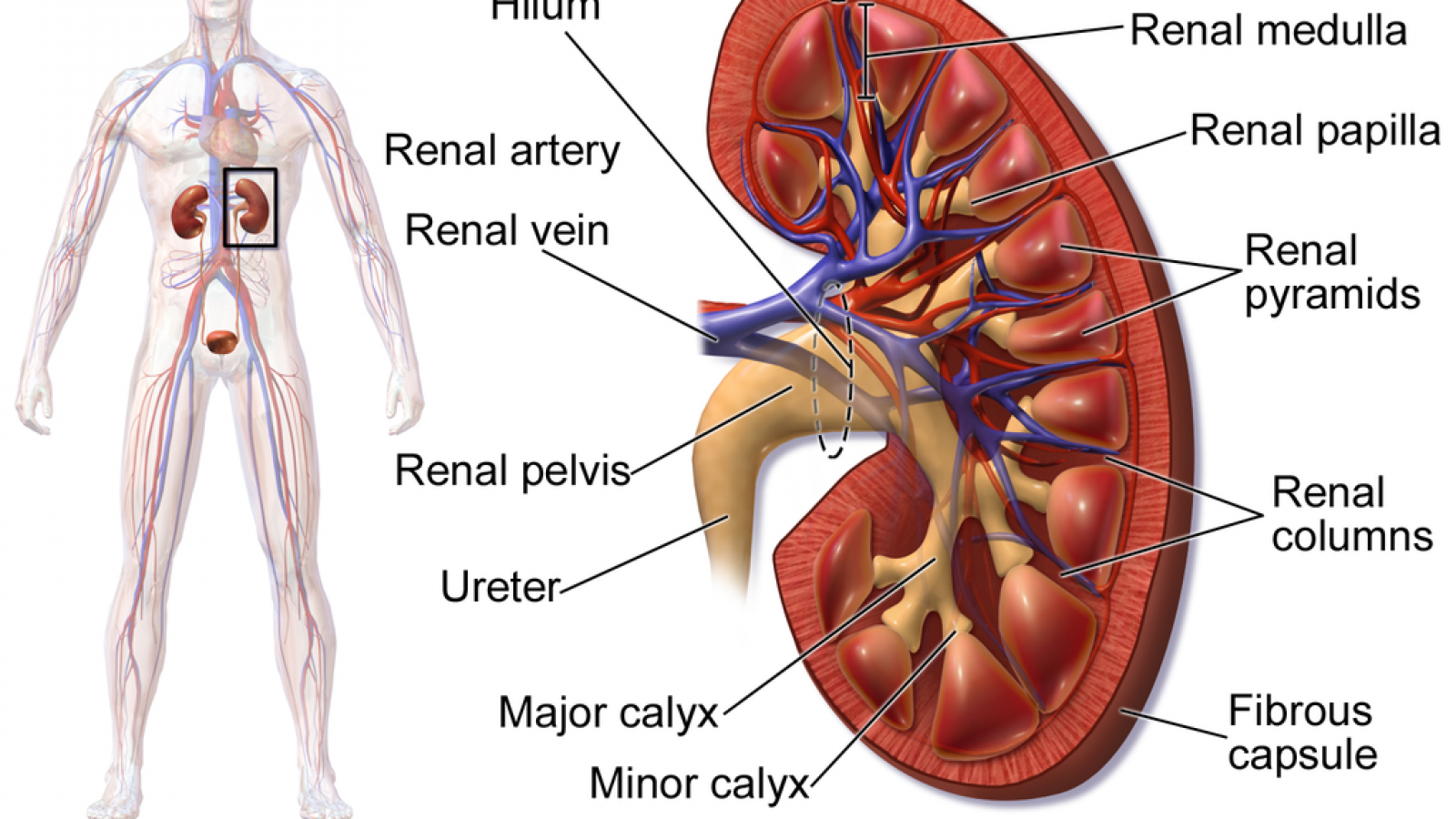Text to go here...
Animal studies early in the 20th century - for instance learning how to sew together (suture) blood vessels - led to the first reported cases of animal heart transplants in the 1930s and 1940s. But these were largely doomed to fail in the absence of understanding of the basics of immunology and the body's relentless ability to reject incompatible grafts or organs as ‘foreign'.
The definitive study of the immunological processes in graft rejection was carried out by Peter Medawar in the UK and arose from his studies of skin grafting to treat burn casualties in World War Two.
Using rabbits, he demonstrated that a second skin graft from the same donor was rejected much more quickly than a second graft from a different donor. This was an observation of fundamental importance because it showed that rejection was not - as had been assumed - a genetically determined process. It was part of the same biological mechanism by which the body learns to rise up against invading bacteria and viruses. Medawar won a Nobel Prize for his work, which laid the foundation stones for immunology.
George Hitchings shared the Nobel Prize in 1988 for the development of the immunosuppressant azathioprine. In the early 1960s it kept dogs with experimental kidney transplants alive for up to 12 months.
In the late 1970s cyclosporin, extracted from fungus as a potential anti fungal agent, was found to be a potent immunosuppressant in mice. It is now the front-line treatment.
Many transplant patients have to take these medicines for the rest of their lives following transplant. But toxic effects of medicines to prevent rejection are common. Research and testing goes on, and here rodents, dogs and monkeys and important.
For more information, go to the AnimalResearch.info page on preventing organ rejection.
IMAGE©ISTOCKPHOTO/YURI_ARCURS

